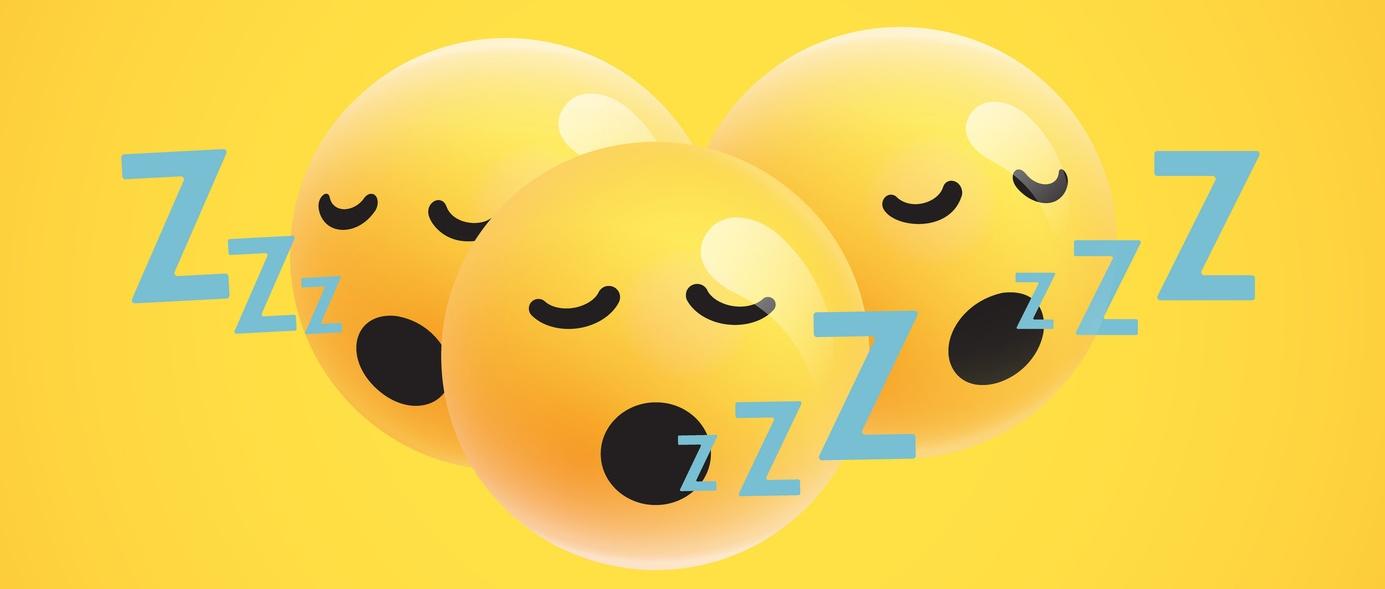
Do naps count as sleep?
Peer reviewed by Dr Sarah Jarvis MBE, FRCGPLast updated by Amberley DavisLast updated 7 Nov 2021
- DownloadDownload
- Share
Taking a nap during the day can feel like a naughty habit, but many healthcare professionals are promoting the health benefits of napping during the day. What is the difference between a good nap and a bad nap?
In this article:
Continue reading below
Is napping good for you?
Naps have long suffered from bad press. Emphasis has been placed on the negative impact of naps on nighttime sleeping, and many studies have also linked regular napping among the older population with a number of health problems. Despite the connection, experts generally conclude that there is no direct evidence to suggest naps can cause - and aren't just symptomatic of - co-existing (comorbid) health issues.
While research into napping among older groups with health concerns is ongoing, many healthcare professionals are now promoting the potential benefits of daytime naps for the healthy and younger populations. Centers for Disease Control and Prevention (CDC) even recommend napping as an "important fatigue countermeasure" and highlight the brain benefits that it can provide.
What are the benefits of napping?
A nap in the day can be refreshing and restorative for healthy adults. According to Heather Darwall-Smith, psychotherapist at The London Sleep Centre, a good nap "can be beneficial to reducing daytime fatigue, and improve alertness and memory as well as cognitive performance."
Benefits include:
Relaxation.
Reduced fatigue.
Improved mood.
Reduced levels of stress.
Increased alertness.
Lower blood pressure
Improved productivity and performance, including a quicker reaction time, a better memory and an improvement in learning ability.
There is strong scientific evidence for enhanced brain functionality. This includes one 2017 study exploring afternoon naps, which found that napping "minimises sleepiness while enhancing executive functioning" and facilitates memory consolidation, subsequent learning, and emotional processing.
Continue reading below
The science behind the perfect nap
Yet there are important factors that can make the difference between having a 'good' nap - one that is restorative and improves cognitive performance - and a 'bad' nap that leaves you feeling groggy or disrupts your nighttime sleep pattern.
Nap sleep architecture
The processes that regulate sleep and the different sleep stages play an important role in good-quality, energising naps. They make the time of day we choose to nap and the nap length crucial to whether they can count as getting good sleep.
Sleep is regulated by our sleep drive (sleep pressure) and our internal body clock (circadian rhythmicity). These processes explain why we feel energised after waking up and gradually become more tired as the day goes on.
Our sleep drive accumulates throughout the day and is believed to trigger the onset of non-rapid eye movement (NREM) sleep. Our internal body clock is subject to cyclical day-to-night 'circadian' influences and controls rapid eye movement (REM) sleep. During the day, light exposure causes our body clock to generate alertness, while as night draws in it produces more melatonin, a hormone that makes us sleepy.
Research suggests that these processes are important in understanding nap sleep architecture. Also known as sleep staging, sleep architecture is made up of four distinct stages:
Stages 1 and 2: light NREM sleep where brain activity decreases.
Stage 3: deep NREM sleep where brain activity is at its lowest.
Stage 4: REM sleep where there is a spike in brain activity.
Due to these factors, the time of day we choose to nap and how long we nap for are both important factors for the quality of sleep we get and the benefits we may feel after we wake. A nap in the morning will comprise mainly light NREM and some REM sleep, in part influenced by light exposure and our body clock. In contrast, a nap in the evening as your sleep drive increases will be made up of more deep sleep.
Patient picks for Insomnia

Mental health
How to improve your sleep behaviour
Sleep is important for our well-being, and a lack of shut-eye can affect everything from performance at work to immune function. As one in five of us aren't getting enough sleep, we explore the best ways to improve sleep behaviour.
by Victoria Raw

Mental health
Sleep paralysis
If you have sleep paralysis you are awake but you are unable to move your body (paralysis) and unable to speak when you wake up from sleep.
by Dr Doug McKechnie, MRCGP
What makes a bad nap?
As napping in the evening is more likely to consist of deep NREM sleep: "If you wake during deep sleep, you will negate the benefits of the nap as you will experience 'sleep inertia' - a feeling of grogginess that can take time to shake off," explains Darwall-Smith.
Napping so close to night also runs the risk of affecting your ability to get to sleep properly in the nighttime.
"For anyone with insomnia, napping is a problem. During the day we build up sleep pressure, so taking a nap reduces sleep pressure at bedtime. This can make it harder to fall asleep."
As the Sleep Foundation points out, taking long naps can establish a vicious cycle whereby you sleep in the day to make up for lost sleep at night, but then find it harder to fall asleep once night rolls around again.
Research has also identified a connection between taking long naps and a higher chance of having conditions like depression and heart disease. The urge to sleep for long periods in the daytime may be a sign of not getting a healthy amount of sleep at night, which in turn can be a cause of these conditions.
How long should I nap?
In contrast, the recipe for a good nap is one that takes place early to mid-afternoon and is relatively short. According to the Sleep Foundation, both of these factors "allow you to catch a quick rest without entering slow-wave sleep and feeling excessively groggy after waking."
Research, including one 2015 study which looked at how naps could improve cognitive flexibility, have found that napping in early to mid-afternoon, while the body clock experiences a natural circadian dip, has the optimum restorative and energising benefits.
The best nap length is relatively brief at around 10 to 30 minutes. While measuring post-nap effects such as sleepiness, vigour, and cognitive performance, studies have found 10-minute naps to produce the best results, occurring immediately after waking up and lasting for as long as 155 minutes.
It can therefore be argued that these factors constitute the perfect nap according to science. This is based on the grounds that the purpose of the nap is both to combat tiredness and to re-invigorate the brain.
This is the nap for those who feel themselves lagging after midday and who may wish to improve their productivity in the afternoon.
Tips for a good nap
If you wish to reap the benefits of napping there are a few measures you can take to help you on your way:
Set an alarm to ensure a short nap. As it can take a few minutes to fall asleep, setting one anywhere between 15 and 30 minutes is recommended by CDC.
Get comfortable. Nap in a bed and dark room if available.
Consider wearing an eye mask and earplugs if you are easily disturbed.
Consider taking a caffeine pill just before your nap. This may feel counter-intuitive, but caffeine takes around 30 minutes to kick in which is perfect timing to revive you post-nap. Be careful to avoid caffeine up to six hours before bedtime.
Remember to examine your motivation for napping. It is important to assess why you may be sleepy enough to nap in the day. If you have a desire to nap for a long duration, this could indicate that you are sleep deprived and are not getting enough sleep at night.
There are things you can try to improve your sleep habits. If these aren't effective in resolving your sleep problems, or if you are getting a lot of sleep at night and are concerned that you still feel excessively tired in the day, discuss this with your GP.
Article history
The information on this page is peer reviewed by qualified clinicians.
7 Nov 2021 | Latest version
7 Nov 2021 | Originally published

Ask, share, connect.
Browse discussions, ask questions, and share experiences across hundreds of health topics.

Feeling unwell?
Assess your symptoms online for free